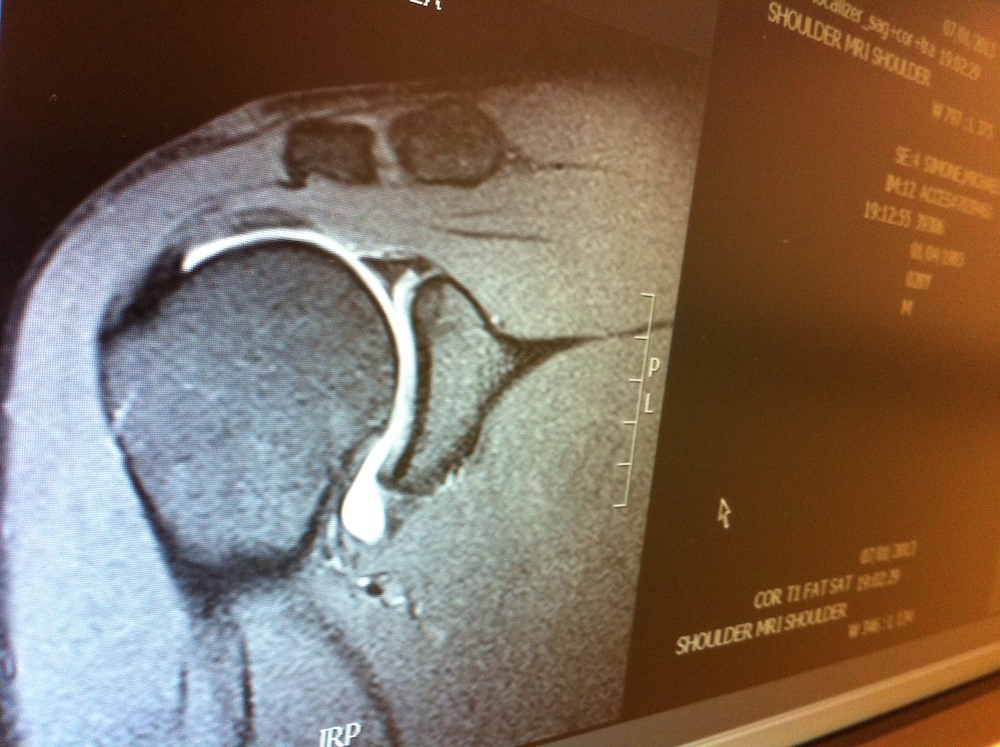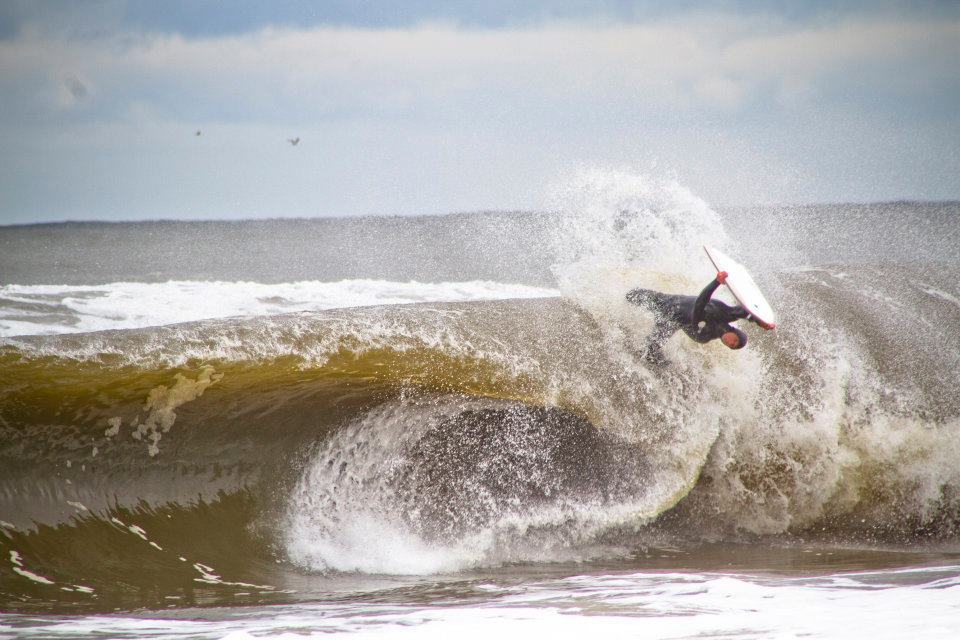I never thought about injuries. I never thought about envietable time limits. This is my first hand account of sensing something was wrong, finding an injury, weighing my options, deciding on next steps, and documenting the physical and emotional road to making a comeback.
I’ve been blessed with a dream of a life, living in a world of activity, adventure, sports and fitness. This was a reminder to never take things for granted. Hard lessons have been learned, acceptance, and deeper level of appreciation slapped in the face.
I’ve made typos in my documentation, and have barely made any edits. This is the story as raw as it gets. I call it #TheIronWill.
ENTRY ONE: Approximately early Fall 2013
Injuries suck. And they suck because they mess with you on so many levels, even more so for athletes. When I recently found out a had a tear in my right shoulder I was completely devastated. Of course, things could always be way worse, but being a competitive person, and a guy who’s life revolves around being in the ocean year-round and weight training– it’s a pretty shitty situation.
How the damage was done
About two years ago there was a large swell that swept up the east coast in December. Some even called it, “Doomsday”, because it was an abnormally large system, and coincidentally, a month or so after Hurricane Sandy. As usual for me, I got prepped the night before, did my yoga [SEE: The 10-Minute Yoga Fix], some stretches, got my board, fins, wetsuit, prepared my food, and I was all set for a full day of surf. That morning, I got up early, same routine, dynamic warmup, stretches…I was good to go.
I remember one wave swinging in that I got into position for. Paddled, was locked in, then went up to the lip to go for air.
This is NOT a photo from the beach that day, but to put things into perspective. It could have looked something like this:
photo: unknown
Everything was executed perfectly, but I knew I tried performing this in shallow conditions, the water was obviously bitter cold, and my muscles were stiff — the impact was going to rough. I tucked my right elbow in and prepared for impact. As predicted, the impact was powerful and I couldn’t stick it. I came back up to the surface slightly frustrated, but felt physically fine, except for some slight whiplash in my neck and tightness on my top of my shoulder… again, this was something I’ve felt before.
After my surf session, I got back into the gym as usual. Everything seemed fine but I did notice a bit more stiffness in the shoulder after a bunch of bench and shoulder presses. I decided to dial it back with less volume and weight. Another week or two passed, and I noticed my strength had gone down, but I figured I was just overtrained. So I decided to take a couple more days off in between workouts, and work around any chest or shoulder exercises, then continue on.
A few months later, I had a trip to Miami in February and went through a CrossFit workout which even involved overhead presses, but I felt strong, there was no irritation, and I thought I was out of the woods. For the most part I trained rather conservatively and was all-good. Then as spring approached, I started to train more outdoors and was combining bodyweight workouts with 5K runs. After one of the workouts which involved: 100 pullups, 100 pushups, 100 kettlebell swings, and 100 toes-to-bar while running a 5K, I noticed my entire right shoulder was very sore again. Later that week, I wanted to test to see if it was a fluke thing, so I tried to lightly bench press, no good. It was very unstable-feeling.
After all these months of dialing back, then picking it back up, then dialing back, I finally decided to go get checked out in July by my orthopedic guy, Dr. Brian Torpey from Professional Orthopedics. Sure enough, an MRI confirmed: SLAP tear. The only lucky thing was, there was no bicep or rotator cuff involvement.
The analysis and head games
SLAP tears really suck. No one is exactly sure how to treat them, and whether surgery is worth it. Most throwing athletes never really return back to their previously level of play. Thank god my baseball career had been over for years. But I knew this would interrupt my surfing, and my weight training. So over the course of July to November I was back and forth on what I wanted to do. In a way, when I backed off with the volume, stopped overhead work and bench pressing, I naturally rehabbed it. Then when I wanted to “step on it” a bit, I noticed more dull pain and soreness after a full day of paddling. But my strength, motivation and head started to play games with me. I couldn’t get over the thought of being injured, knowing I’m injured, but training in a limited capacity. I didn’t like the idea of limited-capacity. But it was a constant back and forth on what to do. Surgery, or no surgery. I even began to sink into a depression. My entire life and purpose for training was to progress and evolve, now I was dealing with being “limited”.
My Options – Non-Surgical Rehab
Some people have asymptomatic tears, and others with more pain. For me it would come and go. Out of all the doctors I spoke with, each quite simply laid it out: you can live with the tear, get back to normal, but not necessarily back to the level in which you want to train at again. And, it could get worse, or it might not.
My Second Option – Surgery/Rehab
Face a long road to recovery, but for the things I enjoy in life, I’d be back to 100% capacity at about three months. Four-six weeks in a sling as the labrum reattaches and heals itself back to the glenoid– only to remove it for range of motion exercises. From there I’m looking at several, several weeks of additional rehab and re-strengthening.
THE DECISION
I’ve opted for the surgery route. Not being able to bench press, do dips, muscle-ups, overhead presses, is just not something I’m willing to accept yet. I’ve bit the bullet, and made it happen.
The week’s takeaway
1. Injuries suck. Do everything in your power to prevent getting hurt. Train smart by warming up, learning proper mechanics, and most importantly, keep the ego in check.
2. When faced with a decision, think things through, but then stick to your guns, don’t second guess yourself. Teetering back and forth will do you no good.
3. Stay positive. No matter how hard it gets.


